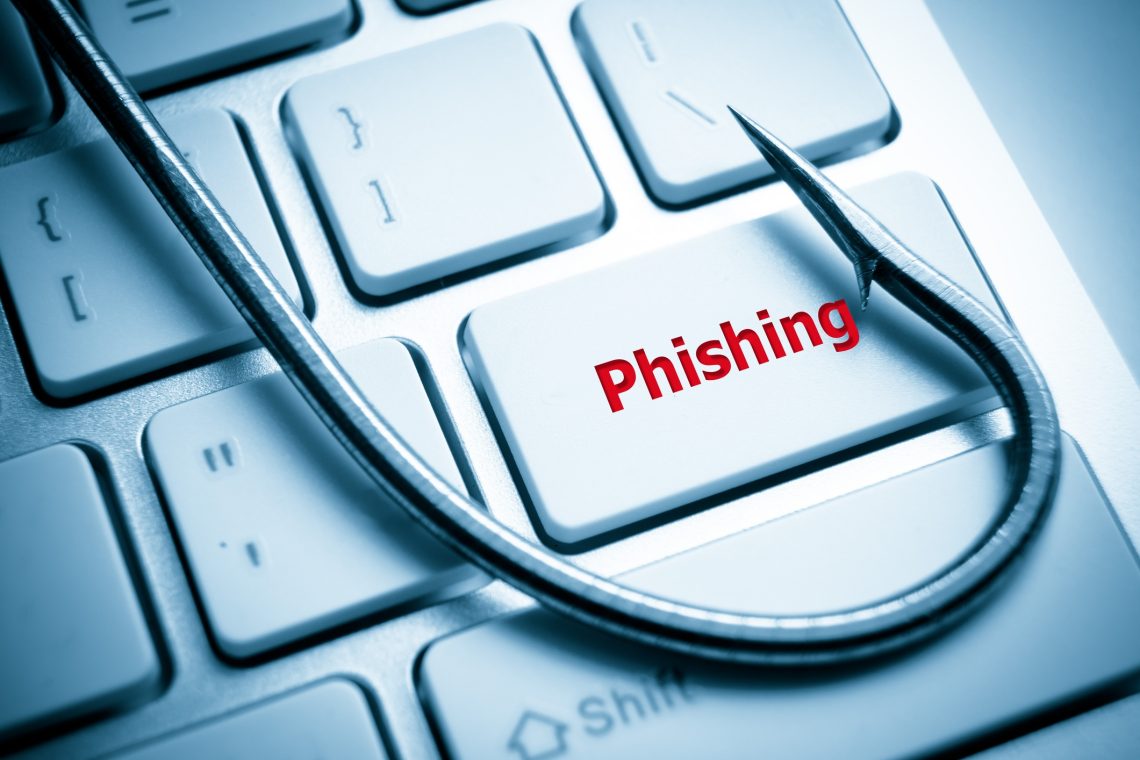In today’s digital age, email has become an integral part of our daily communication. However, with the convenience of email comes the risk of falling victim to phishing attacks and other email-based scams. Cybercriminals are becoming increasingly sophisticated in their tactics, making it crucial for end users to be vigilant and proactive in protecting their personal and sensitive information. In this blog post, we’ll explore tips to help you identify and avoid email phishing scams, and we’ll also introduce a valuable opportunity for a free 30-minute call with BlissVector Tech to enhance your email security.
Understanding Email Phishing
Email phishing is a deceptive practice where cybercriminals use fraudulent emails to trick individuals into revealing sensitive information such as passwords, credit card numbers, or other personal details. These scams often employ social engineering techniques to create a sense of urgency or fear, compelling the recipient to act without thinking.
Tips to Protect Yourself:
-
Verify the Sender’s Identity: Before clicking on any links or downloading attachments, verify the sender’s email address. Be cautious of emails from unknown or suspicious addresses.
-
Check for Grammar and Spelling Errors: Phishing emails often contain grammatical and spelling mistakes. Legitimate organizations usually have professional communication, so errors can be a red flag.
-
Inspect URLs: Hover over hyperlinks to preview the destination URL before clicking. Phishing emails may use deceptive links that appear legitimate at first glance.
-
Avoid Clicking on Suspicious Attachments: If an email contains unexpected attachments or prompts you to download files, exercise caution. Malicious software can be hidden in attachments.
-
Beware of Urgent Requests: Phishing emails often create a sense of urgency, asking you to act quickly. Always double-check such requests through other channels before taking any action.
-
Enable Two-Factor Authentication (2FA): Adding an extra layer of security, like 2FA, can significantly reduce the risk of unauthorized access to your accounts.
-
Regularly Update Passwords: Change your passwords periodically and use strong, unique passwords for different accounts. Password managers can help you generate and store complex passwords securely.
Safeguard Your Inbox with BlissVector Tech
Taking your email security to the next level requires a comprehensive understanding of the evolving threat landscape. BlissVector Tech, a leader in cybersecurity, is offering a free 30-minute call to guide you through advanced strategies for securing your email and mitigating potential attacks.
During this call, BlissVector Tech experts will cover:
– Email Encryption: Learn how to encrypt your emails to protect sensitive information from unauthorized access.
– Advanced Threat Detection: Discover tools and techniques to identify and thwart sophisticated phishing attempts and malware.
– Employee Training: Understand the importance of educating yourself and your team to recognize and report potential threats.
– Best Practices for Secure Communication: Explore methods to enhance the overall security of your email communication.
To schedule your free 30-minute call with BlissVector Tech and take the next steps in fortifying your email security, visit http://go.scheduleyou.in/NMkcRxX today to book.
Remember, staying informed and adopting proactive security measures is the key to safeguarding your inbox from evolving cyber threats. Don’t wait until it’s too late—empower yourself with knowledge and the right tools to protect your digital assets.




